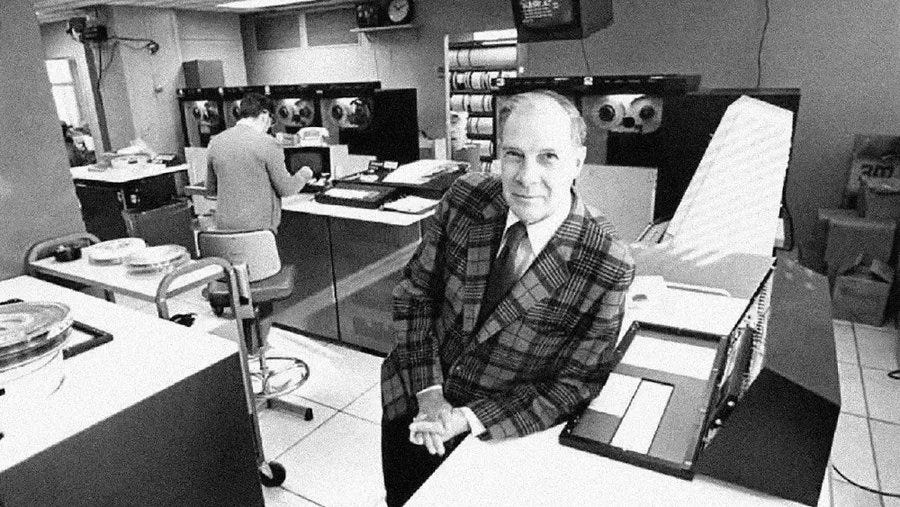The Art of Doing Science and Engineering: Learning to learn
The Unexamined Life is Not Worth Living
— Socrates
Recently, I dove into a timeless piece of advice on thinking and spending time effectively, inspired by Richard Hamming’s talk “You and Your Research,” which he gave back in 1986. His thoughts profoundly changed my approach to both work and personal projects. If you're curious, you can purchase his book, The Art of Doing Science and Engineering, from Stripe Press here.
Who is Richard W. Hamming?
Richard W. Hamming (1915–1998) was a brilliant scientist and mathematician who made significant contributions to computer science. He’s best known for developing error-correcting codes, which allow computers to automatically correct their own errors. Hamming played a crucial role in the Manhattan Project and later made his mark at Bell Labs, earning the prestigious Turing Award in 1968.
Key Takeaways:
1. Master the Style, But Create Your Own Path
Hamming emphasizes the importance of creating your own style rather than merely copying others. Just as a coach can teach you techniques, they can’t actually run the mile for you. Learning from past success is valuable, but each generation faces unique challenges. To be truly successful, we must adapt and develop our own approaches suited to our time.
2. Vision is Essential for the Future
Hamming dedicated time each week to envisioning the future of computing and how it might shape society. He highlights three essential questions to consider:
What is possible? This is the realm of Science.
What is likely to happen? This involves Engineering.
What is desirable? This enters the domain of ethics and values.
Understanding these distinctions helps us plan and prepare for the future in a meaningful way.
3. Focus on Fundamentals and the Art of Learning
Hamming argues that a deep understanding of fundamentals is key to truly knowing a field. By focusing on the essentials, you create a foundation that allows for continuous learning—a powerful skill that compounds over time.
4. Make a Significant Contribution
Hamming challenges us to strive for meaningful contributions rather than settling for comfort. He frames life as a “religious course,” urging us to use our one life to make a difference.
Reading The Art of Doing Science and Engineering has helped me redefine my priorities. I hope you’ll find inspiration from Hamming’s insights and consider how you, too, can make impactful contributions in your field.


